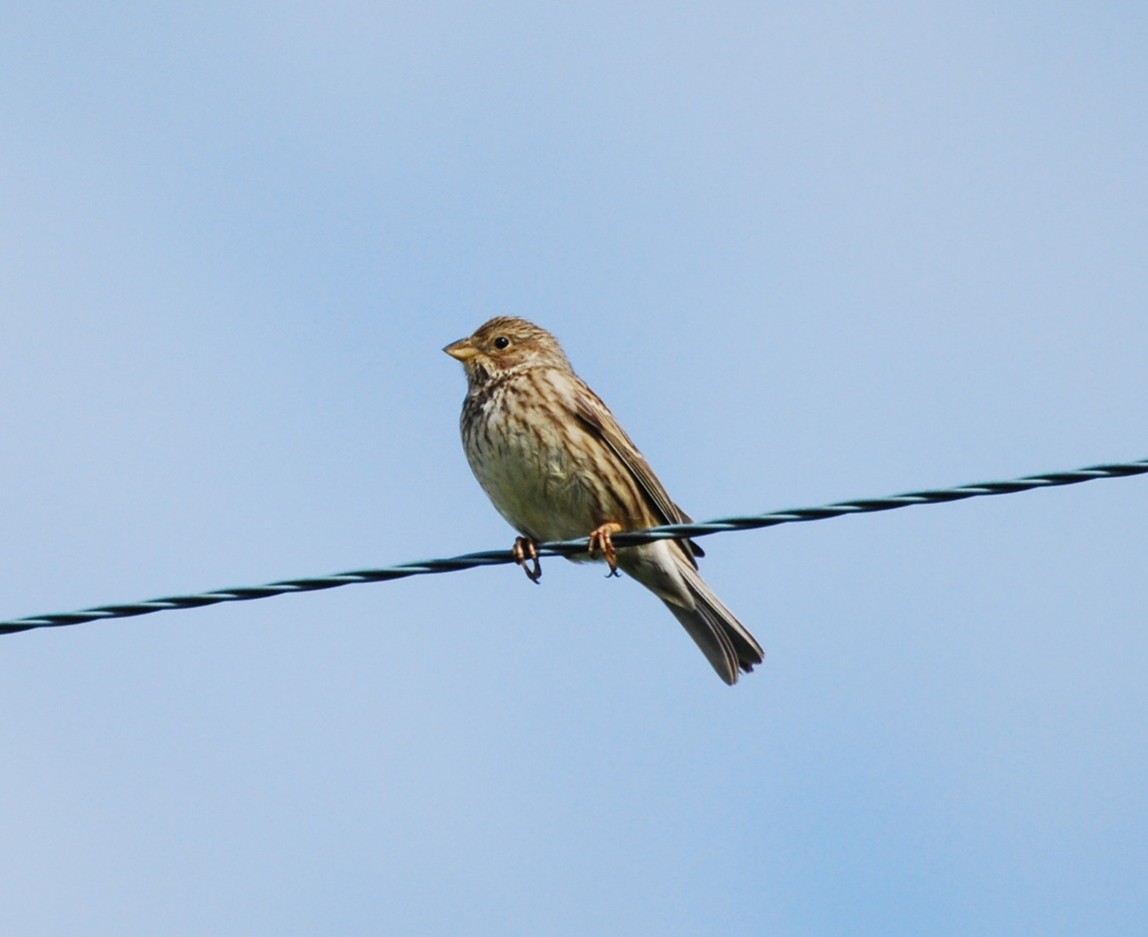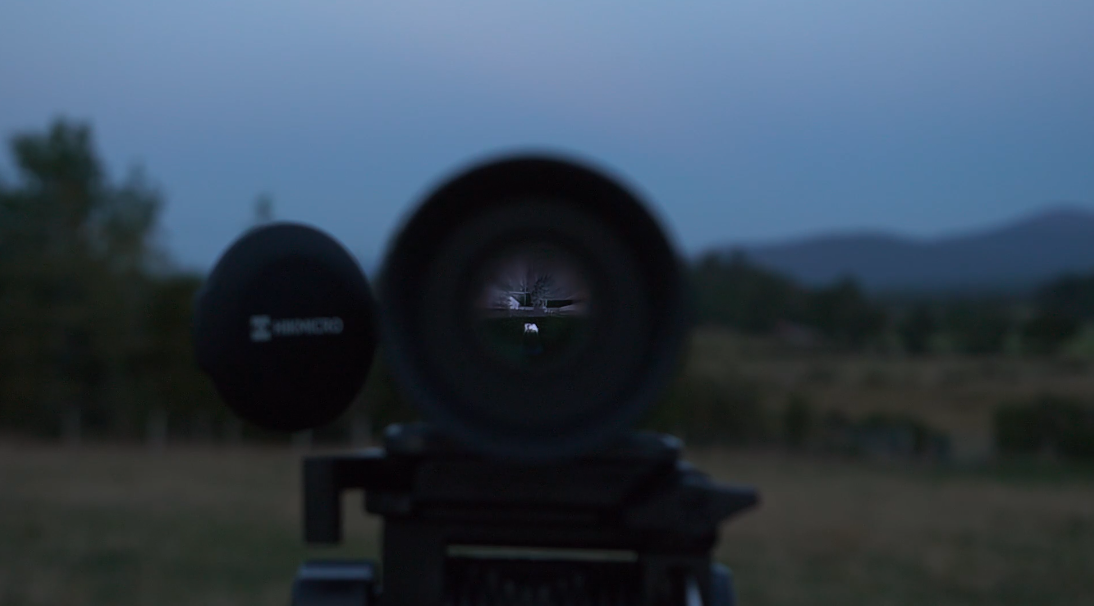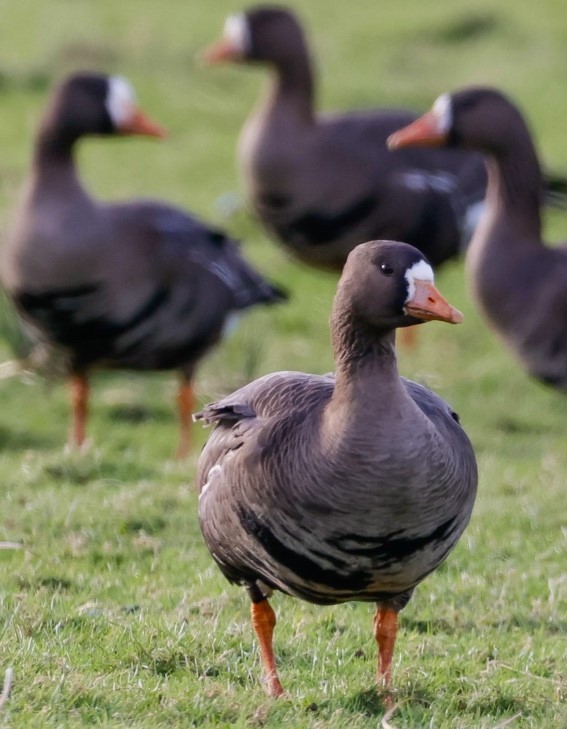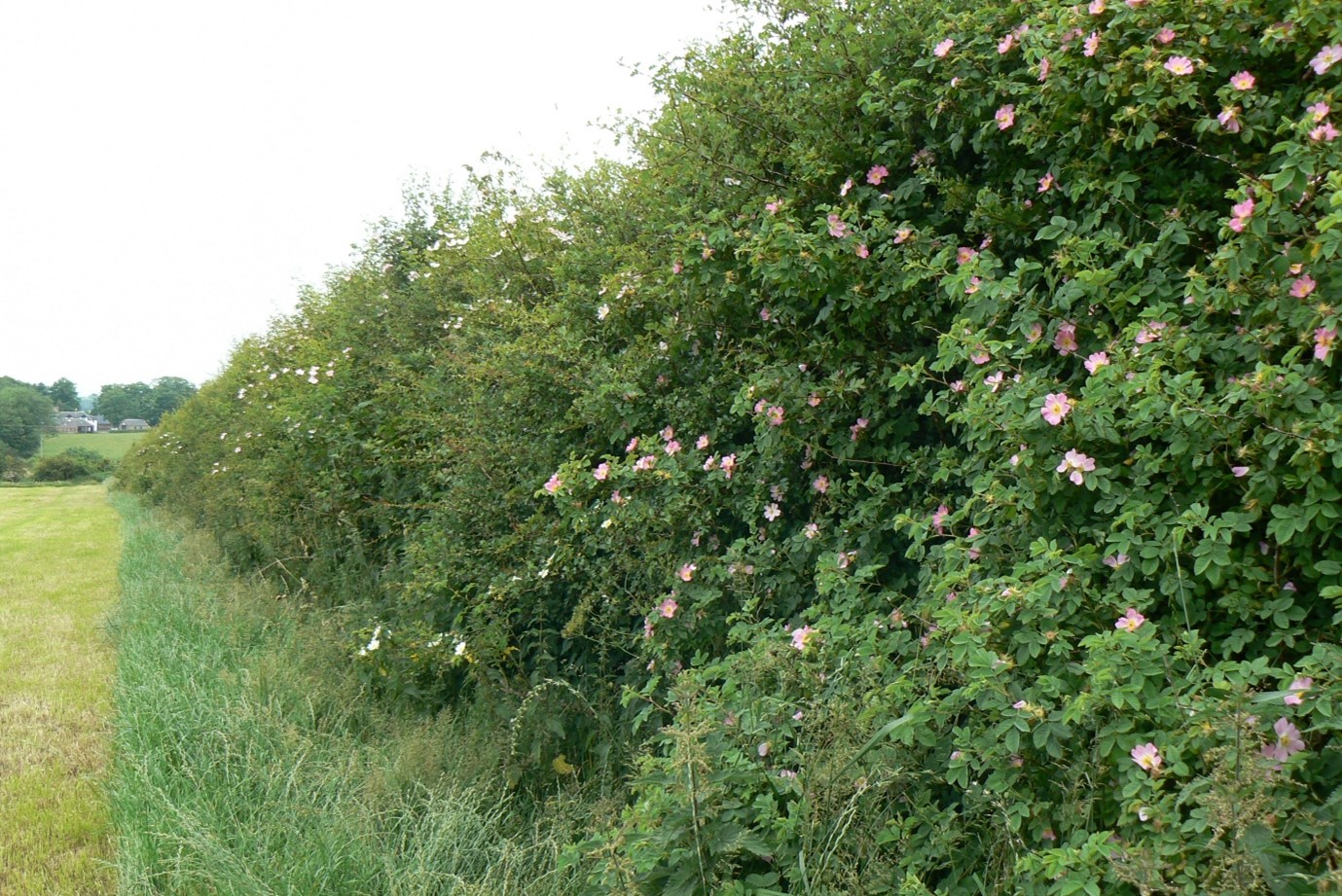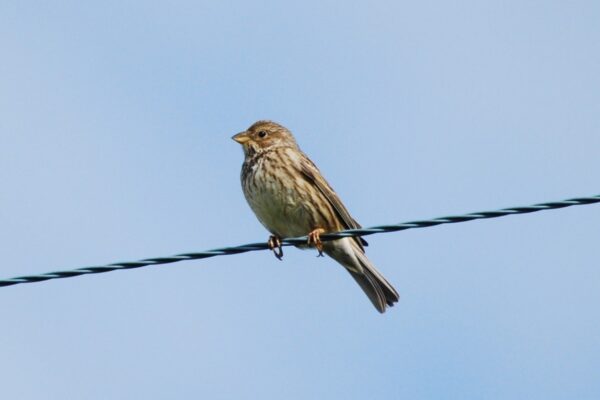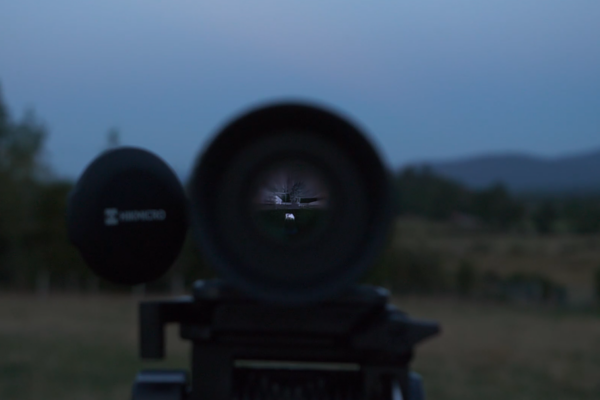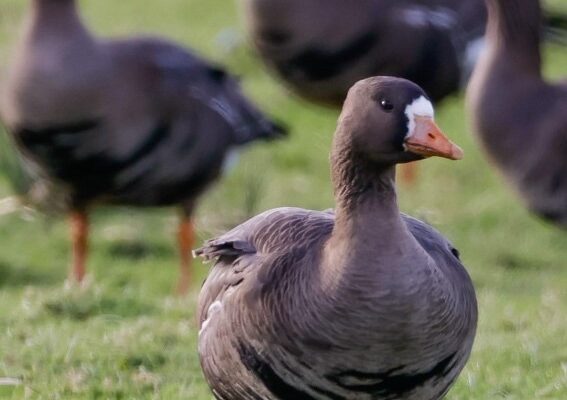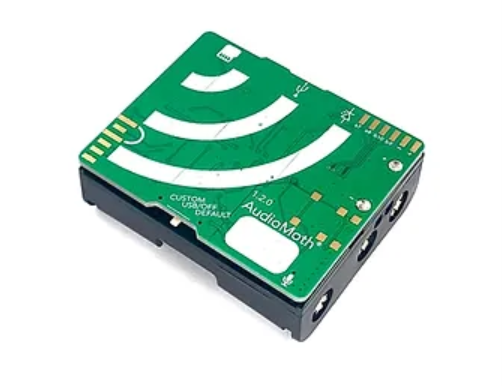Bio-acoustic Monitoring Solutions for Land Managers
5 August 2025Bio-acoustic monitoring is the recording and automated identification of animal calls (most commonly birds or bats but can also include insects and frogs) to provide information on the species using a particular area of land.
This article will take you through the reasons why you might want to set up monitoring on your own land, as well as information on some of the available tools and how to get set up on your land if you decide to go ahead.
What are the benefits of bio-acoustic monitoring to land managers?
Monitoring of wildlife in this way is likely to be of interest to many land managers keen to learn more about the wildlife on their land, but there are also more practical reasons why this type of monitoring should be of interest to all land managers.
As government policy puts greater emphasis on delivering environmental benefits from farming and private finance is starting to find its way into emerging markets for natural capital, it will become increasingly important for land managers to be able to measure biodiversity in standardised ways to set baselines and measure change. Bio-acoustic monitoring, using birds and bats as biodiversity indicators may be one way to achieve that.
Why record animal sounds rather than images?
Animal calls and songs, with their distinctive patterns of frequencies, lend themselves more readily to automated identification by machine learning models than images of wildlife which can lack clearly defined patterns, due to lighting conditions and the posture and behaviour of the wildlife.
Unlike other remote wildlife monitoring equipment such as trail cameras, which require the wildlife to be directly in front of the camera, acoustic monitors can collect data from a wider surrounding area.


Corn Bunting
Grey Partridge
What equipment is required?
Many people will be familiar with the Merlin bird app, which enables them to identify birds using their mobile phone, and some may be familiar with the use of bat detectors to hear the ultrasonic calls of bats. However, these techniques require the surveyor to be present to collect data and may miss species that vocalise infrequently or at times of day when surveyors are less likely to be present. Increasingly, remote passive acoustic monitors are being used to collect data at all times of day and for longer periods.
Unlike apps such as Merlin, which run on a mobile phone, remote passive acoustic monitoring requires specialised recording devices which can range in price from just over £100 to more than £1000. Two widely used devices at the lower end of the price range are the Audiomoth and the Song Meter Micro 2.

The Audiomoth can be configured to record either birds or bats (but not both simultaneously) while the Song Meter Micro 2 only records audible sound (not bats). Both must be set up and configured before use and the recordings (saved on a micro-SD card) will need to be identified using a separate software programme. This requires some IT knowledge and as a result new options have started to appear to simplify the process for users and these are discussed later in this publication.

Simplified options for bird recording
Although stand-alone recorders such as the Audiomoth and Song Meter provide the greatest flexibility, they require some IT ability and knowledge of birds to set up and carry out the analysis. As a result, new options have entered the market in an attempt to simplify the process for the end user, which might suit those wishing to avoid technical complexity, but may involve somewhat higher costs or a requirement for an ongoing subscription.
The Chirple Chorus is a recording unit that has the bird identification AI built in rather than requiring separate software and covers European birds. However, the recorder requires an internet connection (Wi-Fi or 2G) to work. In practice, for most farm situations a 2G connection will be required and this requires an ongoing subscription in addition to the initial purchase cost. Solar panels are also available to power remote units.
The Chirrup Nano is another option that has recently been launched but is provided as a service rather than as a device to buy. The recorders are deployed on farm for a set period and then collected for data processing and results provided to the customer through dashboard reports with benchmarking against other farms. This product is currently aimed at businesses rather than individuals.
How to configure remote passive acoustic recorders
Stand-alone recorders will require initial set-up before use. With the audiomoth this is done by connecting the device to a computer with a USB cable and using configuration software. For the Song Meter Micro it is done using a phone app connected to the recorder by Bluetooth.
For the Audiomoth, configuration includes setting the audio sampling frequency (ie. whether it is detecting audible or ultrasonic sound). The sampling frequency differs depending on whether birds (48kHz sampling rate) or bats (250kHz +) are the target of recording.
For both recorders the frequency and duration of recording must be set. Continuous recording will use up batteries and memory card space very quickly, so normally a sampling strategy will be used. For example, one minute of recording every ten minutes will pick up most species if the recorder is out for a reasonable length of time. Recording can also be restricted to certain times of day, such as early morning for birdsong, or dawn and dusk for bats and nocturnal bird species. Some recorders will allow the recording period to change automatically relative to sunrise or sunset to account for seasonal changes. If the aim of recording is to collect comparable data between sites or between years, then it is important to use the same settings every time.
The time of year that recording takes place is also important depending on the species of interest. Breeding birds are likely to be most vocal between March and June, while bats are likely to be active throughout all the warmer months of the year.
How to deploy recorders
Choosing a suitable location to place a recorder will depend on the objectives of the survey. If you are trying to detect a specific species, it makes sense to place the recorder within suitable habitat for that species. If you are trying to build up a complete species list for a landholding, moving a recorder around or using multiple recorders in different habitats might be more appropriate. If you want to collect standardised data to measure how biodiversity changes over time then a grid of recorders equally spaced across the survey area might be best, although this will obviously depend on how many recorders you have available.
Normally recorders will be placed 1-2 metres above ground level, either attached to a tree or fence post or mounted on a pole.
How to analyse the results of bio-acoustic monitoring
Depending on the length of time that the recorder has been out, there may be several hours’ worth of recordings saved on the memory card. The most efficient way of analysing the recordings is to run them through software that uses machine learning (AI) to identify the species present.
One of the most widely used programmes for automated bird song and call identification is BirdNET, which was developed by the same team at Cornell University that developed the Merlin bird app. However, the interface for using BirdNET analyser is not particularly user-friendly. Fortunately, third-party developers have produced easier to use interfaces, such as Chirpity, which make it more straightforward to use the BirdNET database.
When carrying out analysis it is important to be aware of some limitations of automated identification software:
The BirdNET database includes over 3000 species from around the globe. If the full database is used it is likely to throw up many spurious misidentifications involving species from other parts of the world. The Chirpity interface allows you to limit the database to regularly occurring species at your location, or you can manually set up a list of species that you want to include that can then be saved and used in future analyses.
The software can’t always identify species with 100% accuracy. BirdNET provides a percentage confidence score for the identification of each sound detection, and it is possible to filter the results so that only those where the identification is more than, say, 50% certain are included. Even so, there will still be some misidentifications, particularly where identification is based on a short burst of sound, or where there are birds that include mimicry of other species in their songs. Any detections of rare or unexpected species should always be checked by someone familiar with the species to determine if the identification is accurate.
Other options for automated identification include the British Trust for Ornithology’s Acoustic Pipeline, which is an online service that is free to use if you agree to share the data with the BTO. The acoustic pipeline for birds includes bespoke classifiers for certain key groups of birds including nocturnal species and one that is under development for identification of Curlew call types in the hope that it can be used to measure breeding success by detecting specific alarm calls when the birds have chicks. This is a good example of how bio-acoustic monitoring can be used for more specialised tasks.
The BTO acoustic pipeline also provides a service to identify bat recordings, although this is subject to data limits for the free service. For larger volumes of bat recordings, a paid service such as Kaleidoscope will be required.
If you are carrying out monitoring to measure changes from year to year, it will be necessary to keep records of the number of detections of each species recorded at each location (this will typically be provided as summary data by the analysis software) and ensure that future monitoring uses the same methodology.

Limitations of bio-acoustic monitoring
In addition to the issues of potential misidentification that have already been discussed, the main limitations of bioacoustics monitoring arise from the fact that some species are more vocal than others. A bird species that calls or sings loudly and frequently will be detected many more times than one that calls or sings quietly and infrequently, even if they are present in similar numbers. As a result, while bio-acoustic data might be used to measure changes in abundance of the same species between different sites or different years, it can’t usually be used to compare the relative abundance of different species. It may also struggle to provide useful data about species that are not particularly vocal.
The vocal activity of wildlife can also be affected by factors such as the weather and this must also be considered, particularly if data is collected over short periods. Longer data collection periods will help to reduce this risk.
Further information
Further detailed information about methodologies and processes for bio-acoustic monitoring are available at the following links:
Sign up to the FAS newsletter
Receive updates on news, events and publications from Scotland’s Farm Advisory Service

